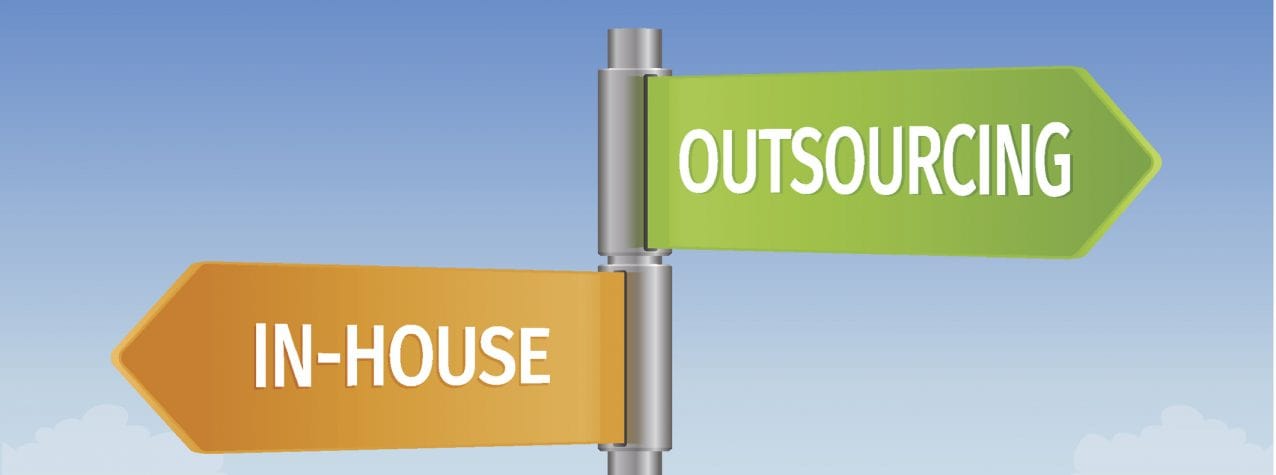

In-house versus outsourcing: the great content debate

The in-house versus outsourcing debate in content is like political parties duking it out over who has supremacy in a two-party system. One will gain the ascendancy for a time, and then the other. They both exist in a fierce equilibrium.
If everything was outsourced it wouldn’t be feasible from a financial point of view for all but the most well-resourced clients. If everything was in-house, over time you could expect your content to atrophy from a lack of variety and influences.
Best practice should be somewhere in the middle.
In-house is important because all digital businesses should develop a content culture. A content culture means sharing information about what you’re doing, what you’re thinking on a regular basis. It means learning how to establish the process and practice of communicating regularly.
Outsourcing is important because we need to be invigorated by new ideas, new techniques and best practices as much as possible.
Outsourcing is also important to drive scale, surge when needed and control overhead.
If you think about the two great models of industrial content production – television stations and the publishers of newspapers and magazines – they all operated on a hybrid model of in-house and outsourced content. The split between the two varied always depending on the views of management and prevailing trends.
So which for what?
Outsourcing lends itself to content that requires a high-level of creativity or complexity. Such as a video series involving lots of locations and talents for commercial use.
Outsourcing is also important when it comes to getting an outsiders view. British historian Norman Davies wrote that the best histories are written by foreigners because they have a professional distance from their topic. Equally, a writer, for instance, from outside your organisation is going to give you a clear view on how your stories look to your customers or clients, stripped of all the internal varnish.
Outsourced is great for instilling publishing discipline on organisations that aren’t schooled in producing content regularly to a deadline.
In-house is great for regular content (like daily or weekly), what the industry calls hygiene content. (There’s hygiene, hub and hero content.) Often based on a template it might be a market report, website blog, LinkedIn article, Facebook post or a newsletter.
We call in-house content employee-generated content, or EGC. When content is produced in-house it drives high levels of engagement with your staff, suppliers and clients because they often know the individuals featured in the content directly.
With your social content in particular, you want engagement – sharing, commenting preferably, over liking. Your staff are incredible assets on this front.
But it’s important to hit the right tone, start asking your staff to share content that is overly promotional and they will shy away from it, and the request might actually be a negative.
Hence it might be worth getting some outside advice on the tone of voice to use. And thus we come full circle.
It’s a difficult question on getting the balance right but the important thing is to balance your content production between in-house and outsourced in a way that works for you.
And if we can leave you with one piece of advice. Before you even worry about in-house versus outsourced, think about having someone focused on content, experienced with content and having content in their job title (not someone from marketing or comms who gets told to add a responsibility).
In our experience hiring that content leader is the key deciding factor about who is good at content. In-house or outsourced.
If you would like to know more email me at [email protected]








